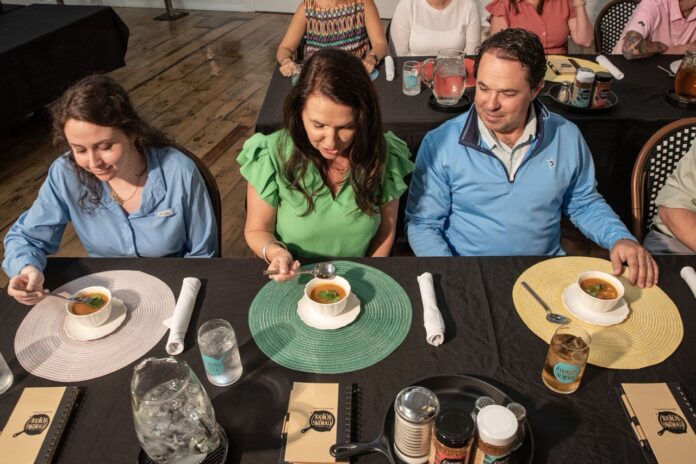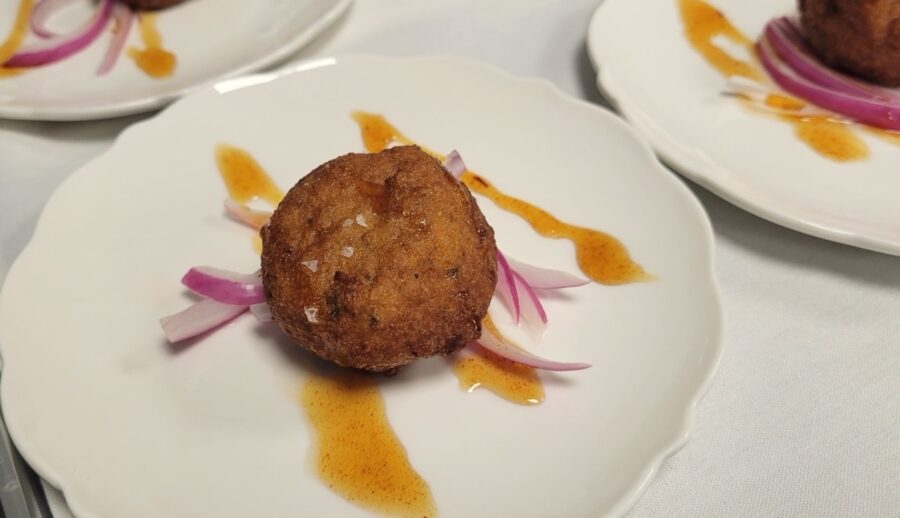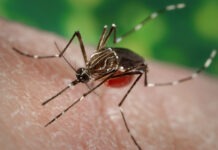
Ernest Hemingway, who lived and worked in Key West for most of the 1930s, once wrote, “I have discovered that there is romance in food when romance has disappeared from everywhere else. And as long as my digestion holds out, I will follow romance.”
Today, Key West’s culinary tapestry is rich in the romance of multicultural influences from early settlers that included Bahamian fishermen, Cuban cigar makers and New England and Southern merchants and shipbuilders.
In such a melting pot, it’s no surprise that the local fare is equally diverse. But what exactly makes up Key West cuisine?
“It’s a collaboration of cultures from Bahamian to Cuban, Latino to Creole, and even Northeastern,” said Keith St. Peter, executive chef at the Key West Cooking School, located upstairs at 291 Front St.

St. Peter oversees the menus, recipes and direction for the school’s demonstration-style learn-and-dine classes, where attendees are shown how to prepare traditional Key West dishes and discover their place in the island’s culture and heritage.
“The focal points of our local cuisine are seafood — its freshness and impressive variety — and the fruits that grow so abundantly here,” he said, citing mangoes and sugar apples in particular.
A food historian as well as an acclaimed chef, St. Peter has been a defining voice in Key West’s food scene since his arrival in 1999. He has showcased his talents at local eateries including La Trattoria, Antonia’s, Banana Café, Kojin Noodle Bar and Blue Heaven; co-operated The Café; and launched Mary Ellen’s and House of Wu, among other accomplishments.
He was drawn to the Key West Cooking School by the opportunity to explore and honor the island’s food history — and shape a program that shares both cuisine and culture.
“I would research and find, say, 15 variations of a dish and then break it apart to see what made it authentic, and then develop what I thought was the best version of that dish,” said St. Peter. “And that’s what we teach and serve our guests here.”
The most original Key West food, he believes, is the humble bollo — a deep-fried fritter-like concoction whose main ingredients are black-eyed peas and sweet yellow onions.
The secrets to preparing bollos are revealed during Key West Cooking School classes, as are techniques for preparing picadillo, ropa vieja, Caribbean jerk chicken, conch salad and other local staples.
Based on his research, St. Peter has developed 15 menus for the school’s entertaining classes — each one bringing the romance and richness of Key West’s culinary history to life as attendees learn about — and feast on — the featured dishes.
Classes are offered Tuesday through Saturday, and reservations can be made by calling 305-294-COOK.

Last Bites
Dish of the week: Bollos. With their crispy texture and soft interior, bollos can be served as a snack, appetizer or side dish. Pulsed black-eyed peas, habanero peppers, diced onions, minced garlic and salt are combined in carefully balanced proportions, then fried to create the quintessential Key West treat.
Helpful kitchen hack: When preparing bollos, don’t skip the steps that make the black-eyed pea batter so flavorful. Soak the peas overnight, then pick them over and soak for three more hours. Once the batter is properly mixed, chill it for at least 30 minutes before frying.
Hungry for more? Visit keywestcookingschool.com.
















